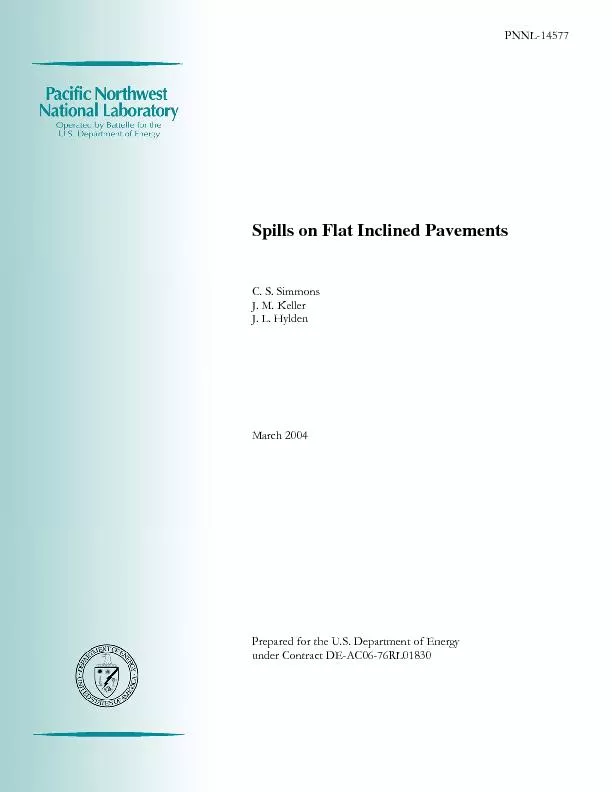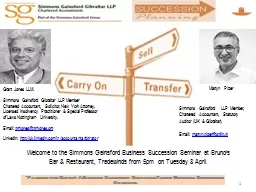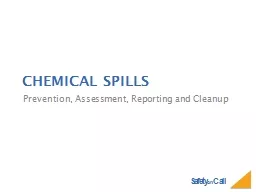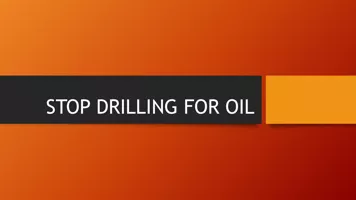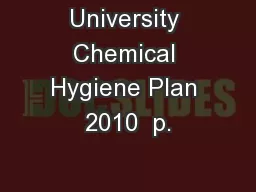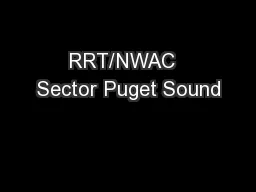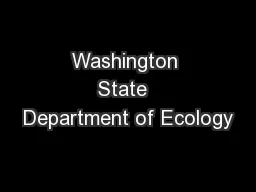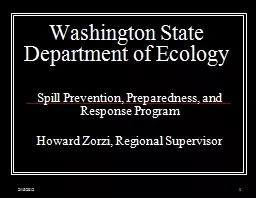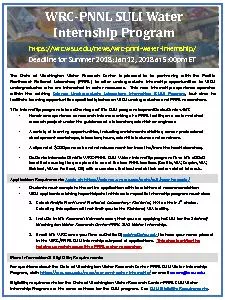PDF-PNNL-14577 Spills on Flat Inclined PavementsC. S. Simmons J. L. Hylden
Author : test | Published Date : 2016-08-05
Spills are important indicators of human activity Spills persist for a period of time hours days weeks after an event and provide an opportunity to detectpanchromatic
Presentation Embed Code
Download Presentation
Download Presentation The PPT/PDF document "PNNL-14577 Spills on Flat Inclined Pavem..." is the property of its rightful owner. Permission is granted to download and print the materials on this website for personal, non-commercial use only, and to display it on your personal computer provided you do not modify the materials and that you retain all copyright notices contained in the materials. By downloading content from our website, you accept the terms of this agreement.
PNNL-14577 Spills on Flat Inclined PavementsC. S. Simmons J. L. Hylden: Transcript
Download Rules Of Document
"PNNL-14577 Spills on Flat Inclined PavementsC. S. Simmons J. L. Hylden"The content belongs to its owner. You may download and print it for personal use, without modification, and keep all copyright notices. By downloading, you agree to these terms.
Related Documents

